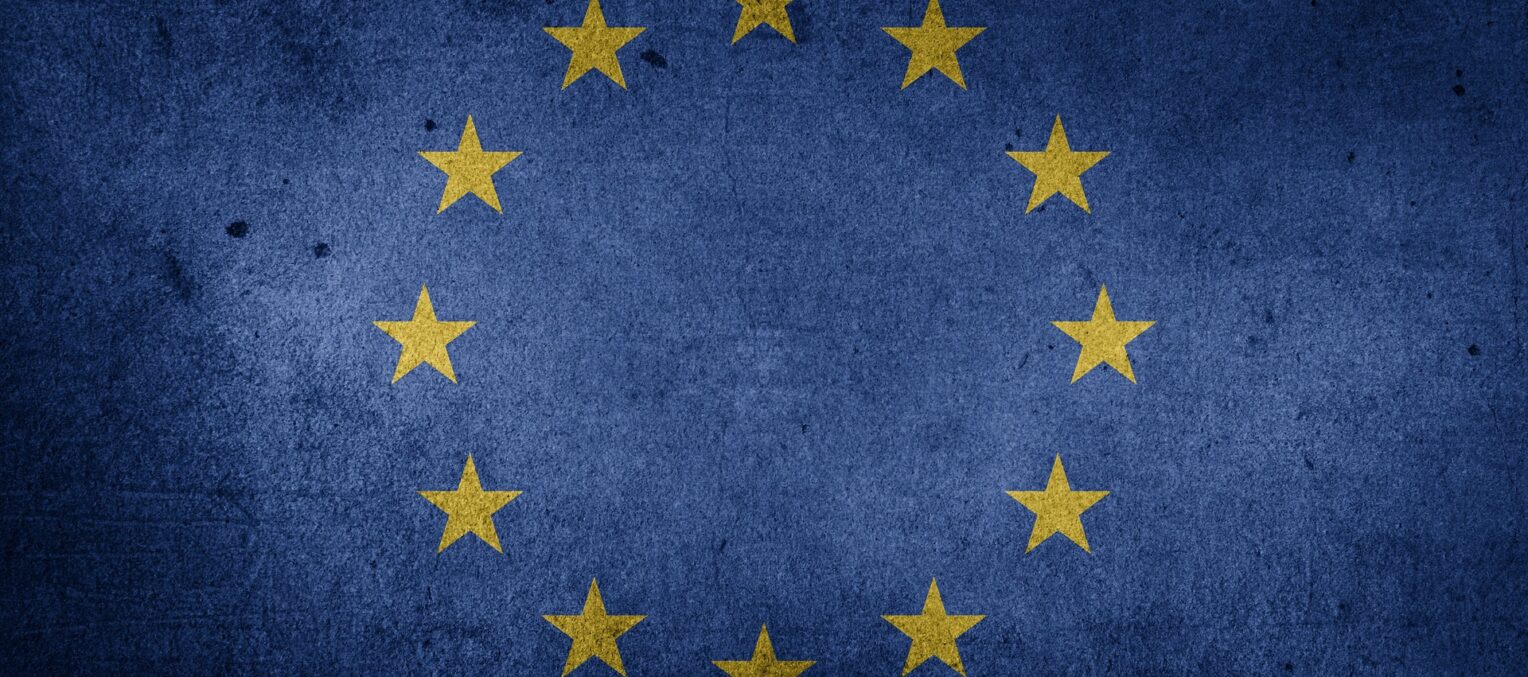
The European Commission recently issued a formal Statement of Objections (SO) in which it charges Apple with antitrust breach. In a nutshell, the commission argues that Apple prevents app developers—in this case, Spotify—from using alternative in-app purchase systems (IAPs) other than Apple’s own, or steering them towards other, cheaper payment methods on another site. This, the commission says, results in higher prices for consumers in the audio streaming and ebook/audiobook markets.
More broadly, the commission claims that Apple’s App Store rules may distort competition in markets where Apple competes with rival developers (such as how Apple Music competes with Spotify). This explains why the anticompetitive concerns raised by Spotify regarding the Apple App Store rules have now expanded to Apple’s e-books, audiobooks and mobile payments platforms.
However, underlying market realities cast doubt on the commission’s assessment. Indeed, competition from Google Play and other distribution mediums makes it difficult to state unequivocally that the relevant market should be limited to Apple products. Likewise, the conduct under investigation arguably solves several problems relating to platform dynamics, and consumers’ privacy and security.
Should the relevant market be narrowed to iOS?
An important first question is whether there is a distinct, antitrust-relevant market for “music streaming apps distributed through the Apple App Store,” as the EC posits.
This market definition is surprising, given that it is considerably narrower than the one suggested by even the most enforcement-minded scholars. For instance, Damien Geradin and Dimitrias Katsifis—lawyers for app developers opposed to Apple—define the market as “that of app distribution on iOS devices, a two-sided transaction market on which Apple has a de facto monopoly.” Similarly, a report by the Dutch competition authority declared that the relevant market was limited to the iOS App Store, due to the lack of interoperability with other systems.
The commission’s decisional practice has been anything but constant in this space. In the Apple/Shazam and Apple/Beats cases, it did not place competing mobile operating systems and app stores in separate relevant markets. Conversely, in the Google Android decision, the commission found that the Android OS and Apple’s iOS, including Google Play and Apple’s App Store, did not compete in the same relevant market. The Spotify SO seems to advocate for this definition, narrowing it even further to music streaming services.
However, this narrow definition raises several questions. Market definition is ultimately about identifying the competitive constraints that the firm under investigation faces. As Gregory Werden puts it: “the relevant market in an antitrust case […] identifies the competitive process alleged to be harmed.”
In that regard, there is clearly some competition between Apple’s App Store, Google Play and other app stores (whether this is sufficient to place them in the same relevant market is an empirical question).
This view is supported by the vast number of online posts comparing Android and Apple and advising consumers on their purchasing options. Moreover, the growth of high-end Android devices that compete more directly with the iPhone has reinforced competition between the two firms. Likewise, Apple has moved down the value chain; the iPhone SE, priced at $399, competes with other medium-range Android devices.
App developers have also suggested they view Apple and Android as alternatives. They take into account technical differences to decide between the two, meaning that these two platforms compete with each other for developers.
All of this suggests that the App Store may be part of a wider market for the distribution of apps and services, where Google Play and other app stores are included—though this is ultimately an empirical question (i.e., it depends on the degree of competition between both platforms)
If the market were defined this way, Apple would not even be close to holding a dominant position—a prerequisite for European competition intervention. Indeed, Apple only sold 27.43% of smartphones in March 2021. Similarly, only 30.41% of smartphones in use run iOS, as of March 2021. This is well below the lowest market share in a European abuse of dominance—39.7% in the British Airways decision.
The sense that Apple and Android compete for users and developers is reinforced by recent price movements. Apple dropped its App Store commission fees from 30% to 15% in November 2020 and Google followed suit in March 2021. This conduct is consistent with at least some degree of competition between the platforms. It is worth noting that other firms, notably Microsoft, have so far declined to follow suit (except for gaming apps).
Barring further evidence, neither Apple’s market share nor its behavior appear consistent with the commission’s narrow market definition.
Are Apple’s IAP system rules and anti-steering provisions abusive?
The commission’s case rests on the idea that Apple leverages its IAP system to raise the costs of rival app developers:
“Apple’s rules distort competition in the market for music streaming services by raising the costs of competing music streaming app developers. This in turn leads to higher prices for consumers for their in-app music subscriptions on iOS devices. In addition, Apple becomes the intermediary for all IAP transactions and takes over the billing relationship, as well as related communications for competitors.”
However, expropriating rents from these developers is not nearly as attractive as it might seem. The report of the Dutch competition notes that “attracting and maintaining third-party developers that increase the value of the ecosystem” is essential for Apple. Indeed, users join a specific platform because it provides them with a wide number of applications they can use on their devices. And the opposite applies to developers. Hence, the loss of users on either or both sides reduces the value provided by the Apple App Store. Following this logic, it would make no sense for Apple to systematically expropriate developers. This might partly explain why Apple’s fees are only 30%-15%, since in principle they could be much higher.
It is also worth noting that Apple’s curated App Store and IAP have several redeeming virtues. Apple offers “a highly curated App Store where every app is reviewed by experts and an editorial team helps users discover new apps every day.” While this has arguably turned the App Store into a relatively closed platform, it provides users with the assurance that the apps they find there will meet a standard of security and trustworthiness.
As noted by the Dutch competition authority, “one of the reasons why the App Store is highly valued is because of the strict review process. Complaints about malware spread via an app downloaded in the App Store are rare.” Apple provides users with a special degree of privacy and security. Indeed, Apple stopped more than $1.5 billion in potentially fraudulent transactions in 2020, proving that the security protocols are not only necessary, but also effective. In this sense, the App Store Review Guidelines are considered the first line of defense against fraud and privacy breaches.
It is also worth noting that Apple only charges a nominal fee for iOS developer kits and no fees for in-app advertising. The IAP is thus essential for Apple to monetize the platform and to cover the costs associated with running the platform (note that Apple does make money on device sales, but that revenue is likely constrained by competition between itself and Android). When someone downloads Spotify from the App Store, Apple does not get paid, but Spotify does get a new client. Thus, while independent developers bear the costs of the app fees, Apple bears the costs and risks of running the platform itself.
For instance, Apple’s App Store Team is divided into smaller teams: the Editorial Design team, the Business Operations team, and the Engineering R&D team. These teams each have employees, budgets, and resources for which Apple needs to pay. If the revenues stopped, one can assume that Apple would have less incentive to sustain all these teams that preserve the App Store’s quality, security, and privacy parameters.
Indeed, the IAP system itself provides value to the Apple App Store. Instead of charging all of the apps it provides, it takes a share of the income from some of them. As a result, large developers that own in-app sales contribute to the maintenance of the platform, while smaller ones are still offered to consumers without having to contribute economically. This boosts Apple’s App Store diversity and supply of digital goods and services.
If Apple was forced to adopt another system, it could start charging higher prices for access to its interface and tools, leading to potential discrimination against the smaller developers. Or, Apple could increase the prices of handset devices, thus incurring higher costs for consumers who do not purchase digital goods. Therefore, there are no apparent alternatives to the current IAP that satisfy the App Store’s goals in the same way.
As the Apple Review Guidelines emphasize, “for everything else there is always the open Internet.” Netflix and Spotify have ditched the subscription options from their app, and they are still among the top downloaded apps in iOS. The IAP system is therefore not compulsory to be successful in Apple’s ecosystem, and developers are free to drop Apple Review Guidelines.
Conclusion
The commission’s case against Apple is based on shaky foundations. Not only is the market definition extremely narrow—ignoring competition from Android, among others—but the behavior challenged by the commission has a clear efficiency-enhancing rationale. Of course, both of these critiques ultimately boil down to empirical questions that the commission will have overcome before it reaches a final decision. In the meantime, the jury is out.



